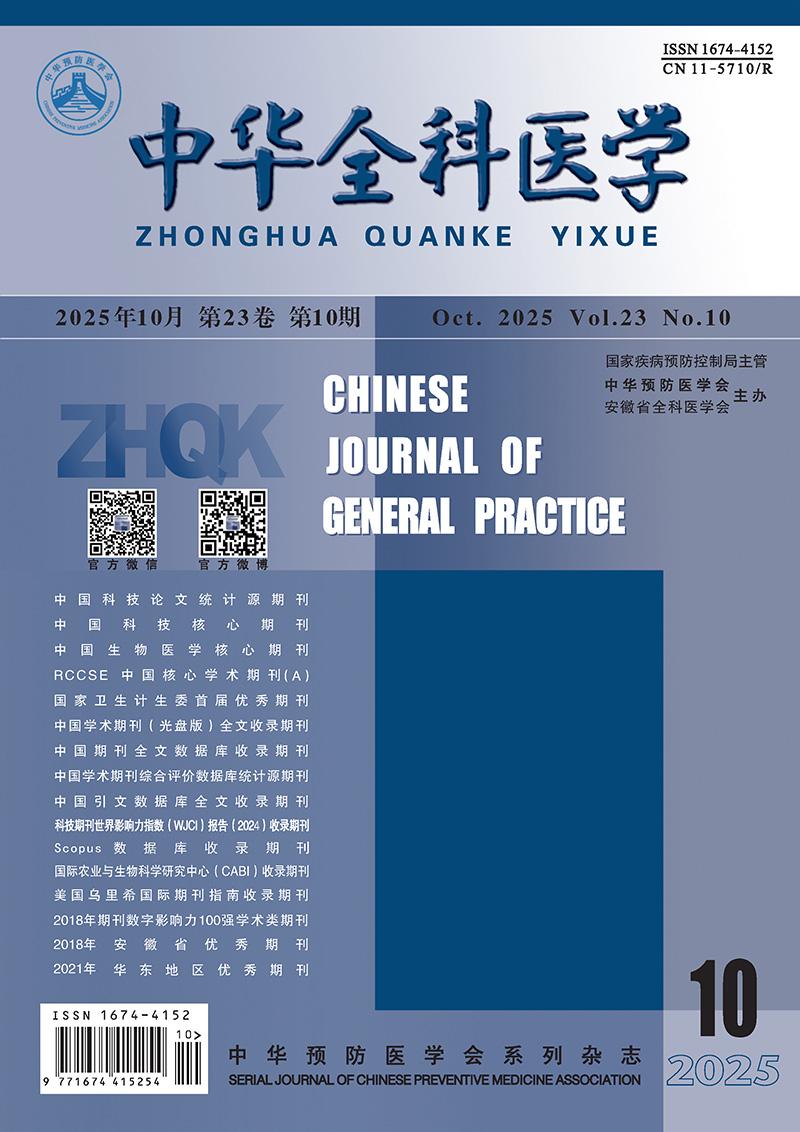Abstract:
Objective To observe the differences of ovarian ultrasound characteristics in polycystic ovary syndrome (PCOS) patients with different glucose metabolism levels, and to analyze the effect of glucose metabolism level on ovarian ultrasound characteristics in PCOS patients. Methods A total of 200 patients with PCOS who were treated in the Department of Obstetrics and Gynecology in Hangzhou Obstetrics and Gynecology Hospital from January 2019 to October 2022 were taken as the research objects. They were divided into normal blood glucose group (NBG, 44 cases), impaired fasting glucose tolerance group (IFG, 61 cases), pre diabetes group (PDM, 57 cases) and diabetes group (DM, 38 cases) according to the level of blood glucose metabolism. All the research objects were examined by transvaginal three-dimensional energy ultrasound. The age, body mass index (BMI), fasting insulin content (FINS), insulin resistance index (HOMA-IR), fasting triacylglycerol (TG), total cholesterol (TC), low density lipoprotein (LDL) and high density lipoprotein (HDL) of PCOS patients in each group were analyzed, and the differences of ovarian ultrasound indexes in each group were observed. Results There was no statistically significant difference in age, BMI and HDL of PCOS patients in each group (all P>0.05). HOMA-IR, TC, TG, and LDL increased with the aggravation of the abnormal degree of glucose metabolism in PCOS patients. The FINS values in IFG group, PDM group and DM group were significantly higher than that in NBG group, while the FINS values in DM group were significantly lower than those in IFG group and PDM group (all P < 0.05). The ovarian volume of NBG group, IFG group, PDM group and DM group were (11.53±1.49) cm2, (13.16±1.52) cm2, (14.82±1.61) cm2, (16.04±1.64) cm2, respectively, and the difference was statistically significant (F=14.359, P < 0.001). The values of flow index (FI), vascularity index (VI) and vascularization flow index (VFI) in each group increased with the severity of abnormal glucose metabolism in PCOS patients (all P < 0.05). Conclusion With the continuous increase of blood glucose level in PCOS patients, it will lead to lipid metabolism disorder and the intensification of insulin resistance. At the same time, it will lead to changes in ovarian ultrasound characteristics, mainly manifested as an increase in the volume of ovaries, the acceleration of ovarian blood flow, and the increase in the number of ovarian blood vessels.


